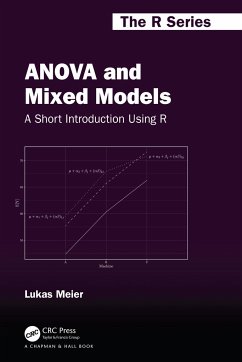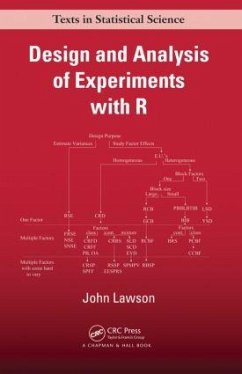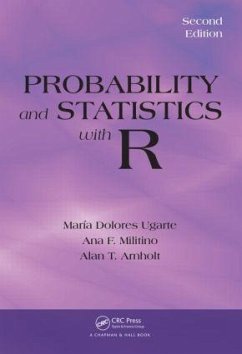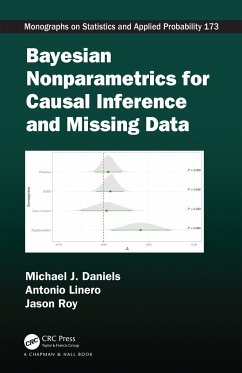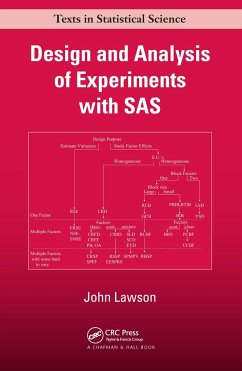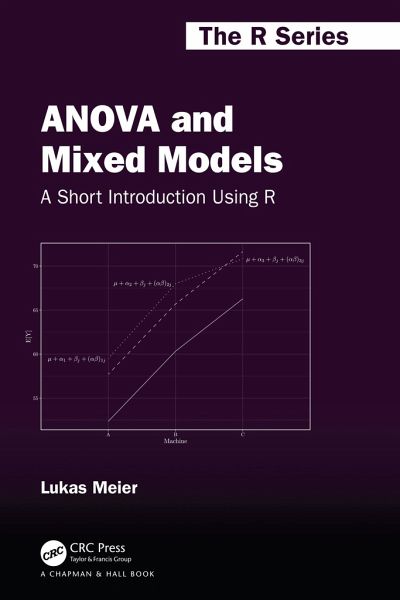
ANOVA and Mixed Models
A Short Introduction Using R
Versandkostenfrei!
Versandfertig in 1-2 Wochen
168,99 €
inkl. MwSt.
Weitere Ausgaben:

PAYBACK Punkte
84 °P sammeln!
This book is primarily aimed at students, researchers, and practitioners from all areas who wish to analyze corresponding data with R. Readers will learn a broad array of models hand-in-hand with R, including the application of some of the most important add-on packages.




